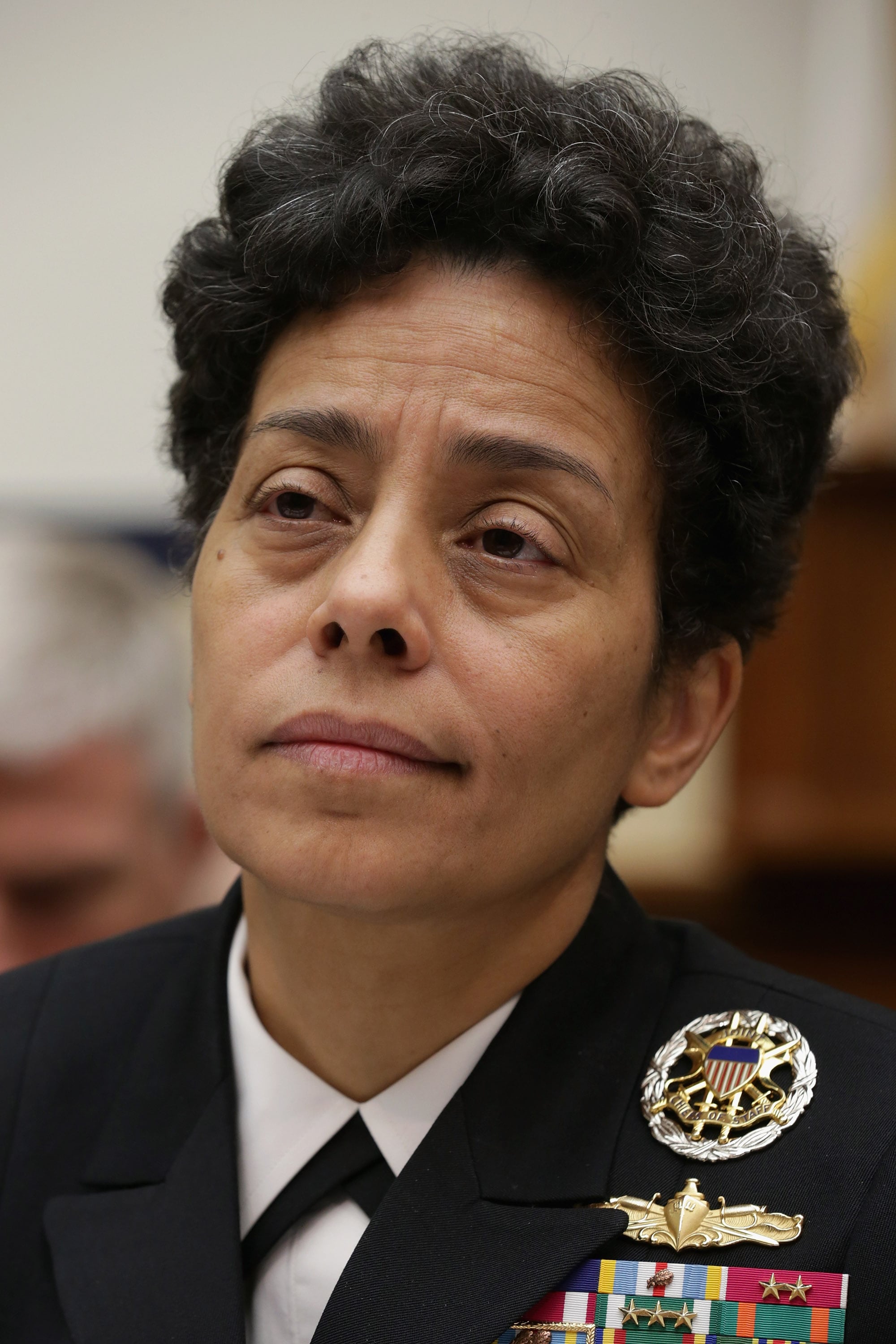Top service officials reasserted the spectre of sequestration as the greatest threat to force readiness in coming years, saying even a hint of fiscal uncertainty can undermine training and strategic planning far into the future.
The comments came from the armed forces' vice chiefs during testimony before the Senate Armed Services Committee on Tuesday, who also warned that the looming end of U.S. deployments to Afghanistan doesn't mean an easier schedule for troops.
"After more than 14 years of continuous combat, it is tempting to hope that respite lies just over the horizon," said Army Vice Chief Gen. Daniel Allyn. "Instead, the velocity of instability is increasing. … We are consuming readiness as fast as we are building it."
For his service, that means brigade combat teams skipping training to focus on worldwide missions. Fewer than one-third of Army forces are at "acceptable levels of readiness to conduct sustained ground combat in a full spectrum environment," according to Allyn.
Navy officials said it means more days at sea and reduced maintenance accounts. Air Force and Marine Corps officials said they worry about overextending equipment and personnel, neither of which have received proper reset in the last decade.
Air Force Vice Chief Gen. David Goldfein said bluntly: "I do not have a level of comfort that we are ready for a significant conflict" against a major adversary.
Officials all tied those problems not just to defense budget caps enacted in 2011 but also the ongoing budget fights on Capitol Hill in the years since. They caused planning uncertainty, preventing managers from planning long-term equipment replacement and troop training as federal spending has lurched from one temporary budget resolution to the next.
Last fall, Democrats and Republicans reached a two-year budget deal to get around the sequestration spending caps and provide that type of stable budget planning. But that deal runs through only fiscal 2017, and new congressional squabbles are threatening to force that budget debate past the November elections and into next calendar year.

Vice Chief of Naval Operations Adm. Michelle Howard
Photo Credit: Chip Somodevilla/Getty Images
Even if that problem is avoided, the spending caps are scheduled to go back in place for four more fiscal years after 2017.
"Sequestration is the greatest threat to our future readiness," said Vice Chief of Naval Operations Adm. Michelle Howard. "It has a ripple effect for us through the years."
Members of the committee sympathized with those complaints, as they have many times. But they also offered no real path forward for changes, and most lawmakers have concluded that any real resolution to the spending caps won't come until the next president takes office.
The next fiscal year starts Oct. 1.
Leo Shane III covers Congress, Veterans Affairs and the White House for Military Times. He can be reached at lshane@militarytimes.com.
Leo covers Congress, Veterans Affairs and the White House for Military Times. He has covered Washington, D.C. since 2004, focusing on military personnel and veterans policies. His work has earned numerous honors, including a 2009 Polk award, a 2010 National Headliner Award, the IAVA Leadership in Journalism award and the VFW News Media award.





